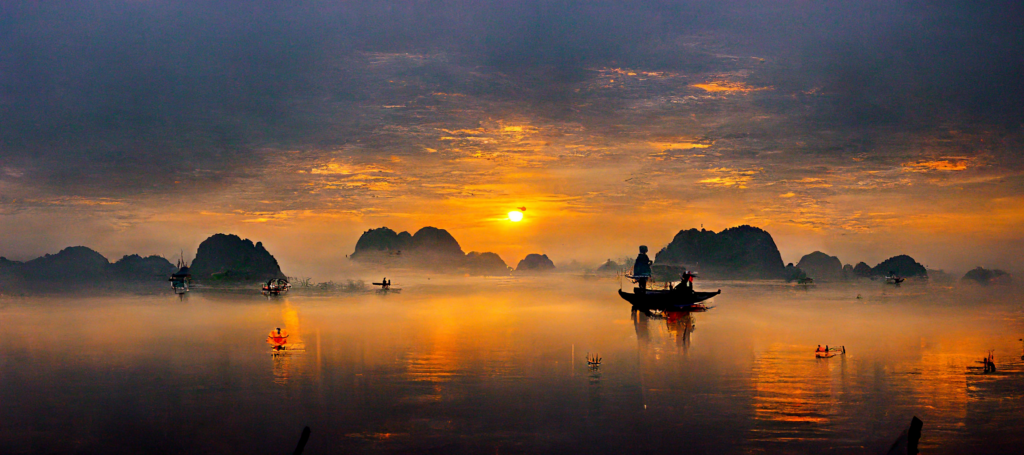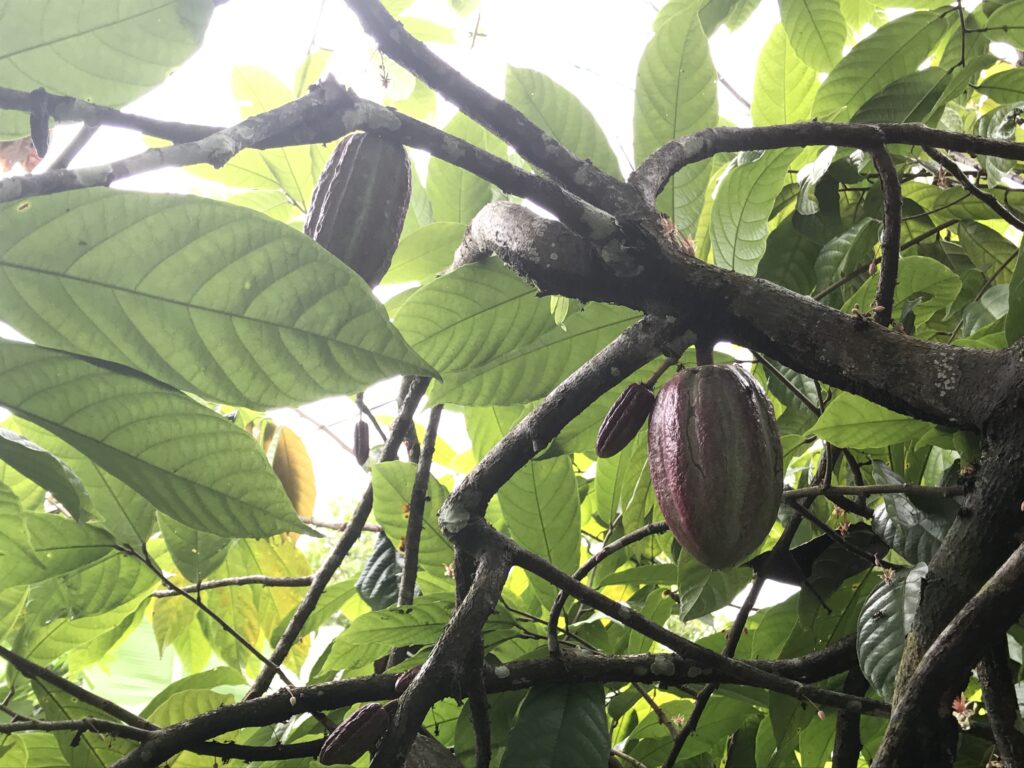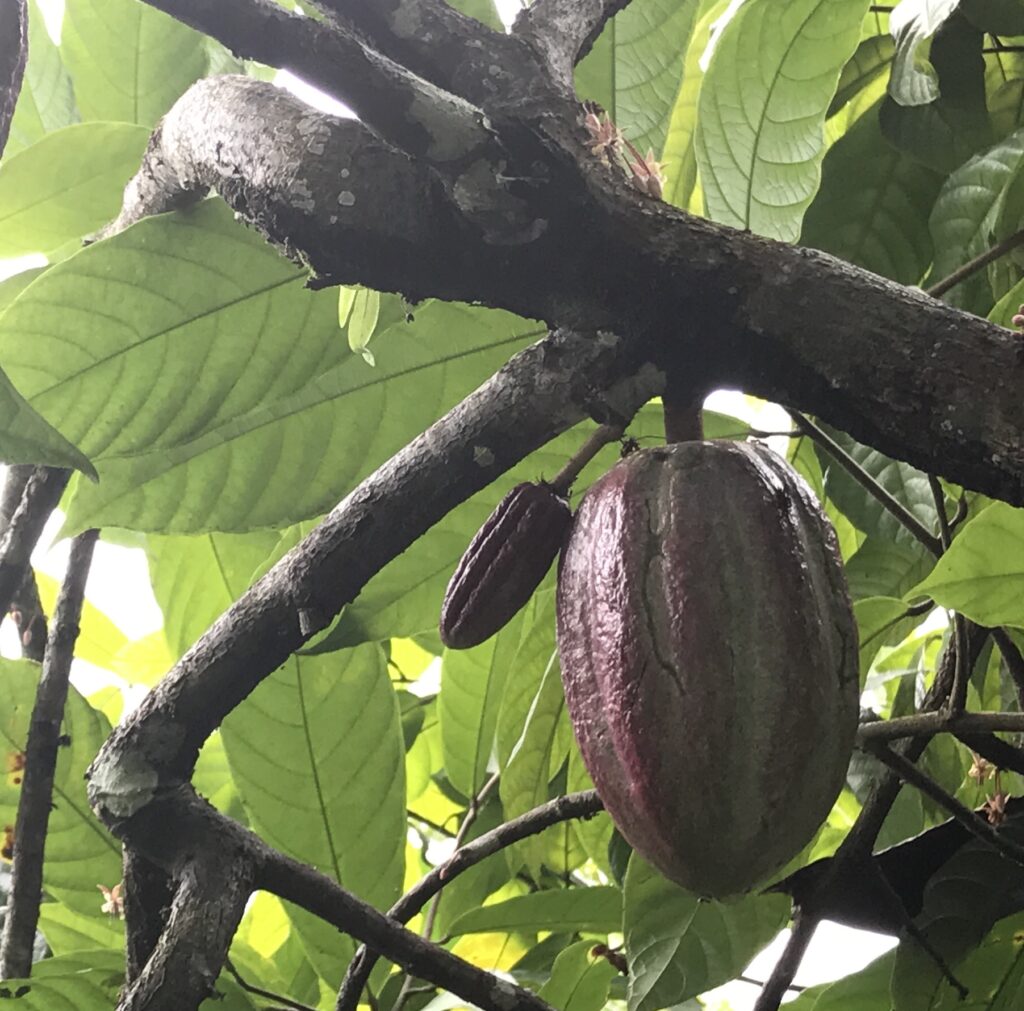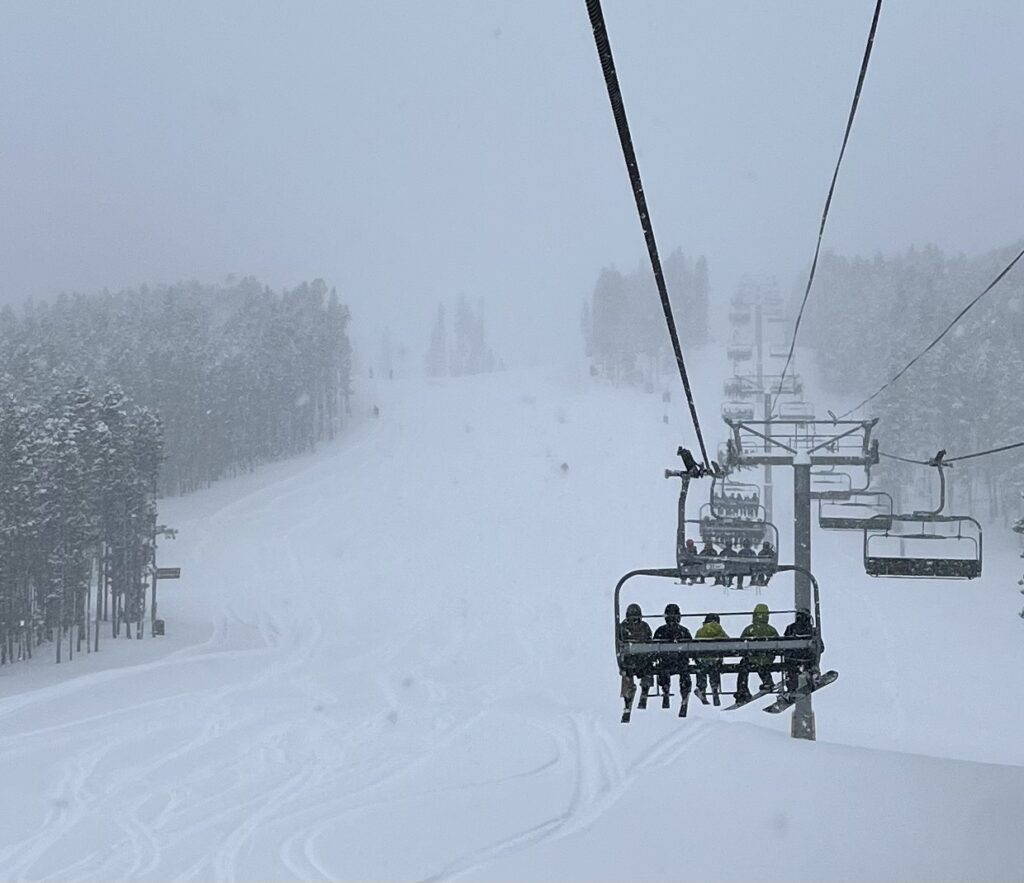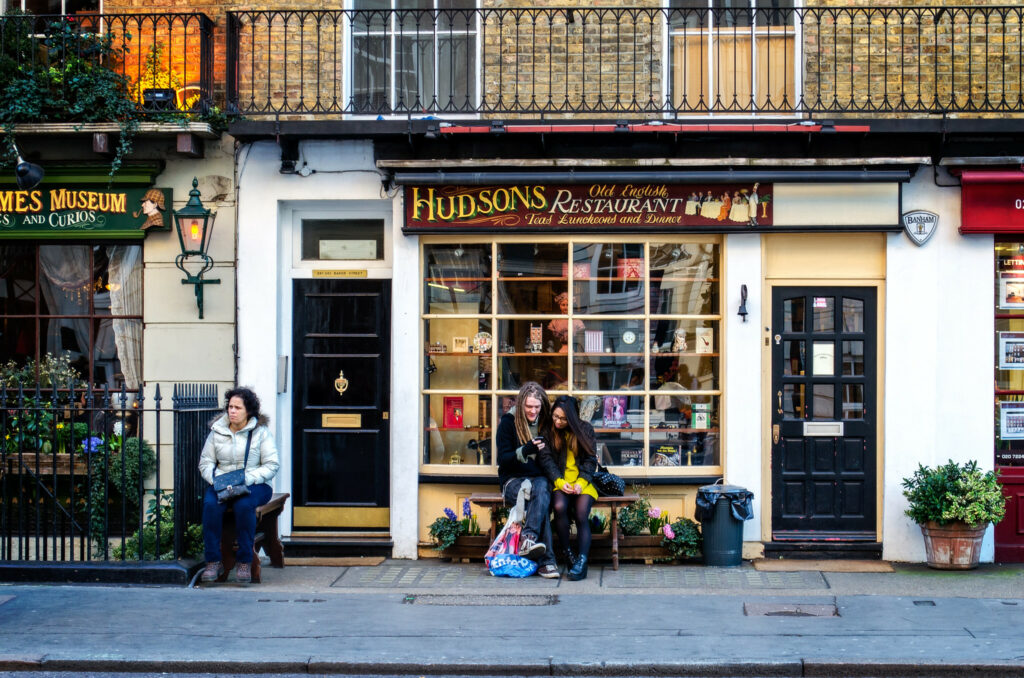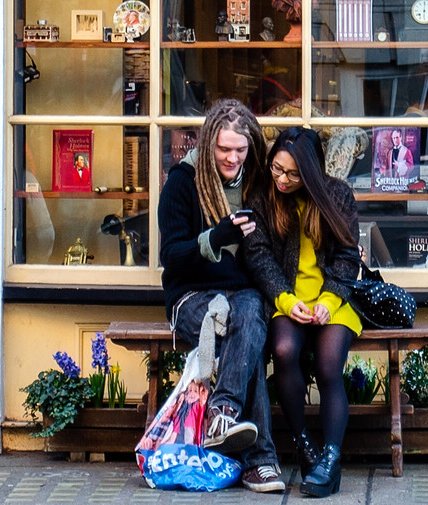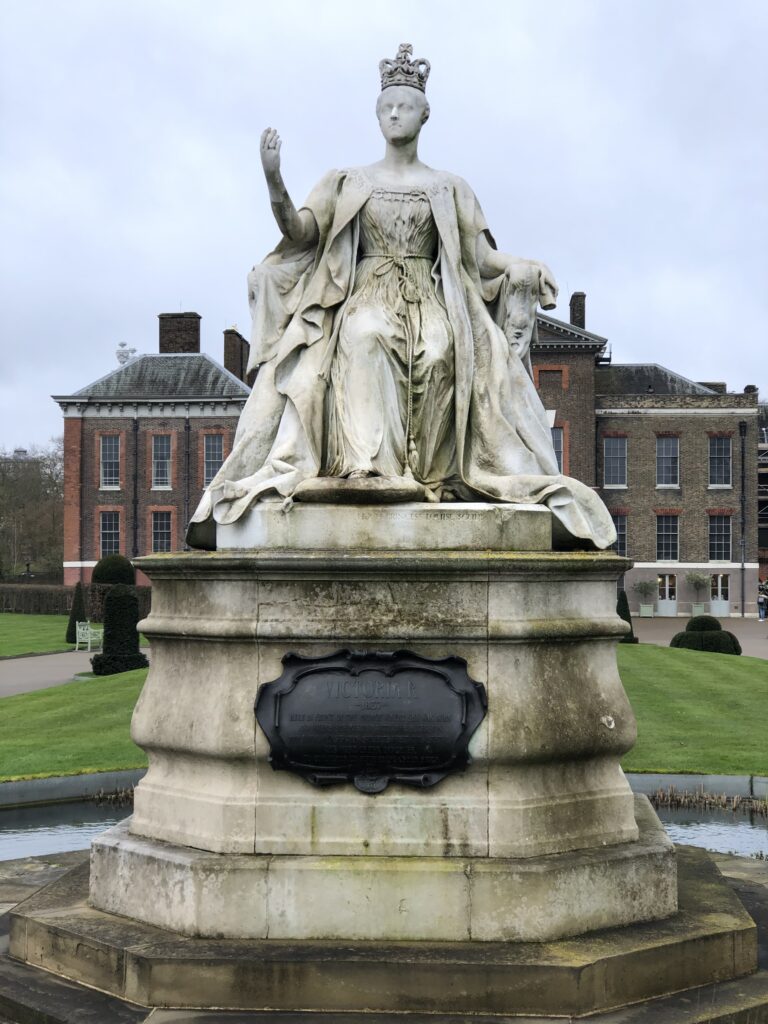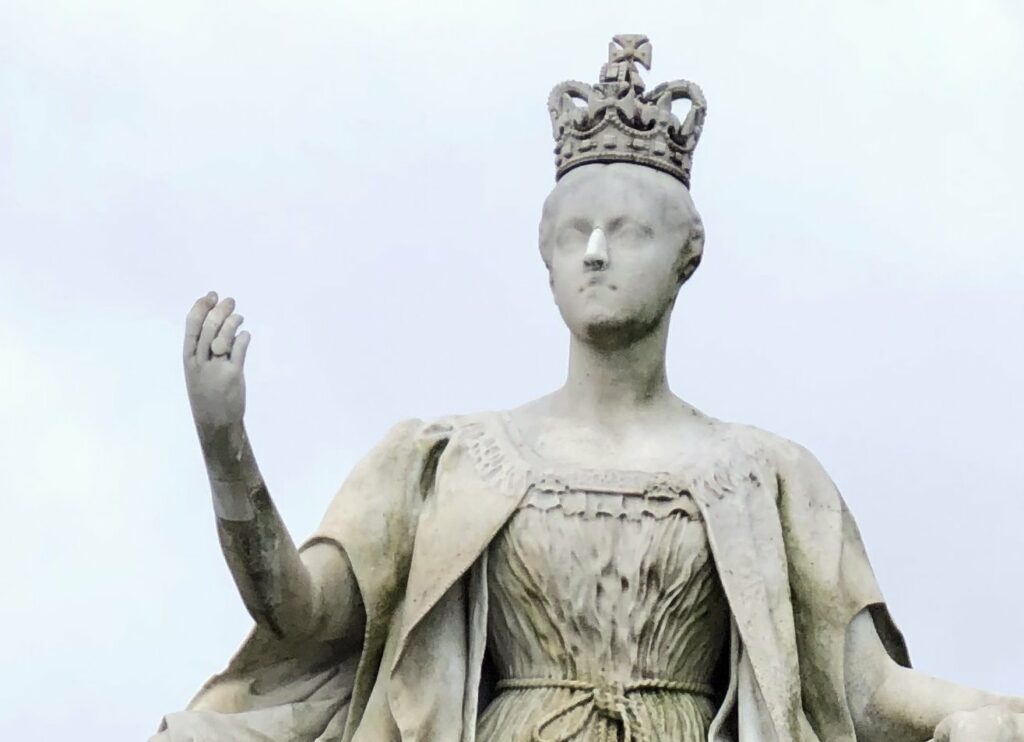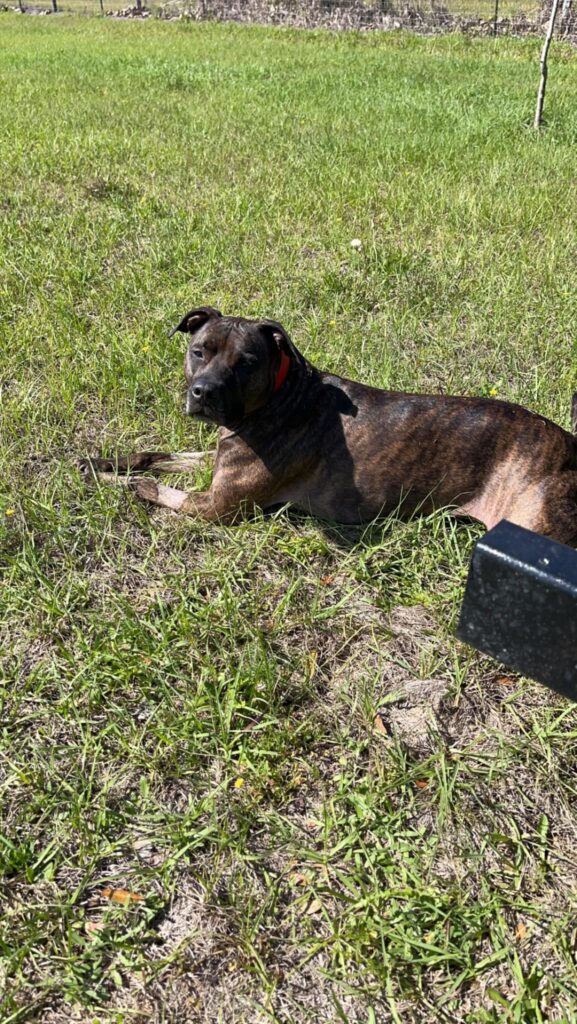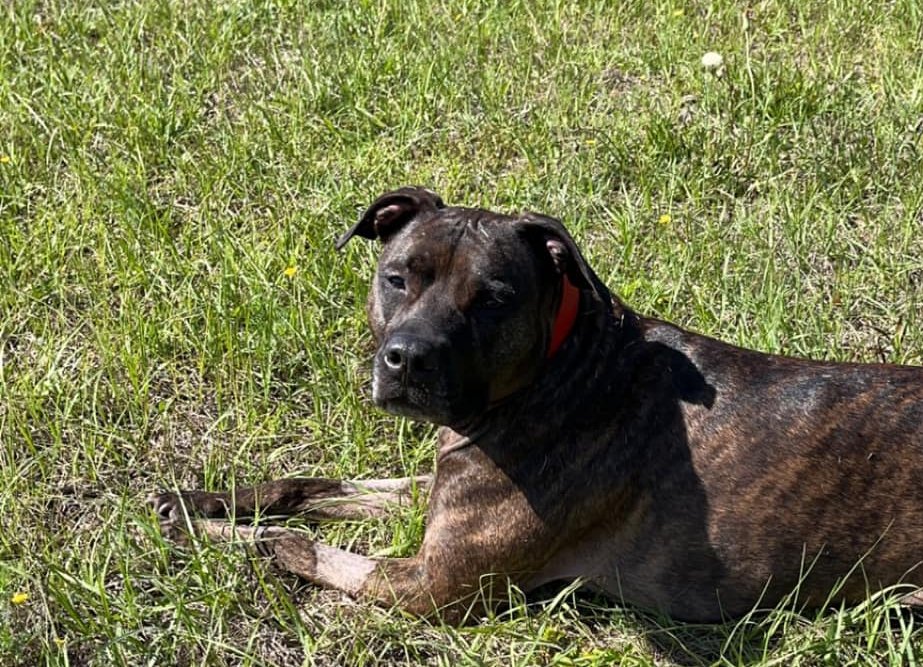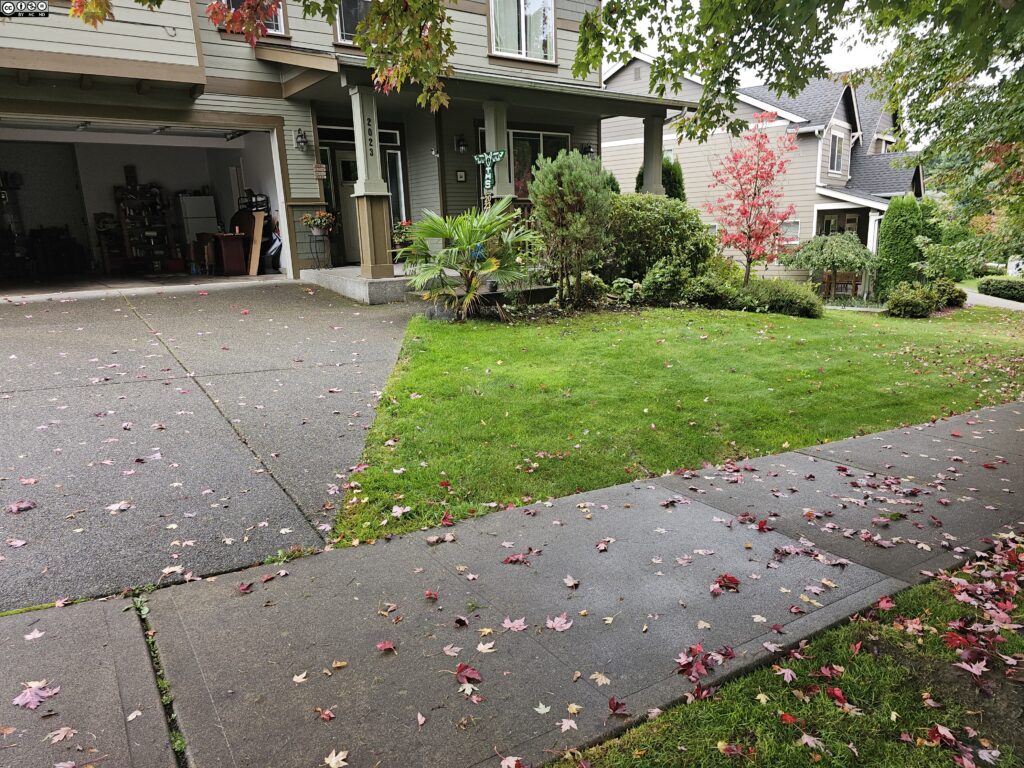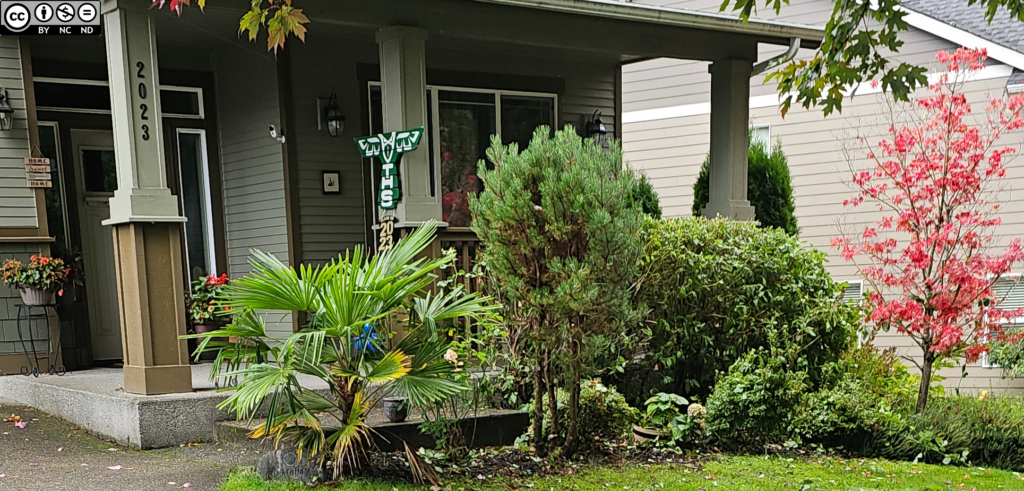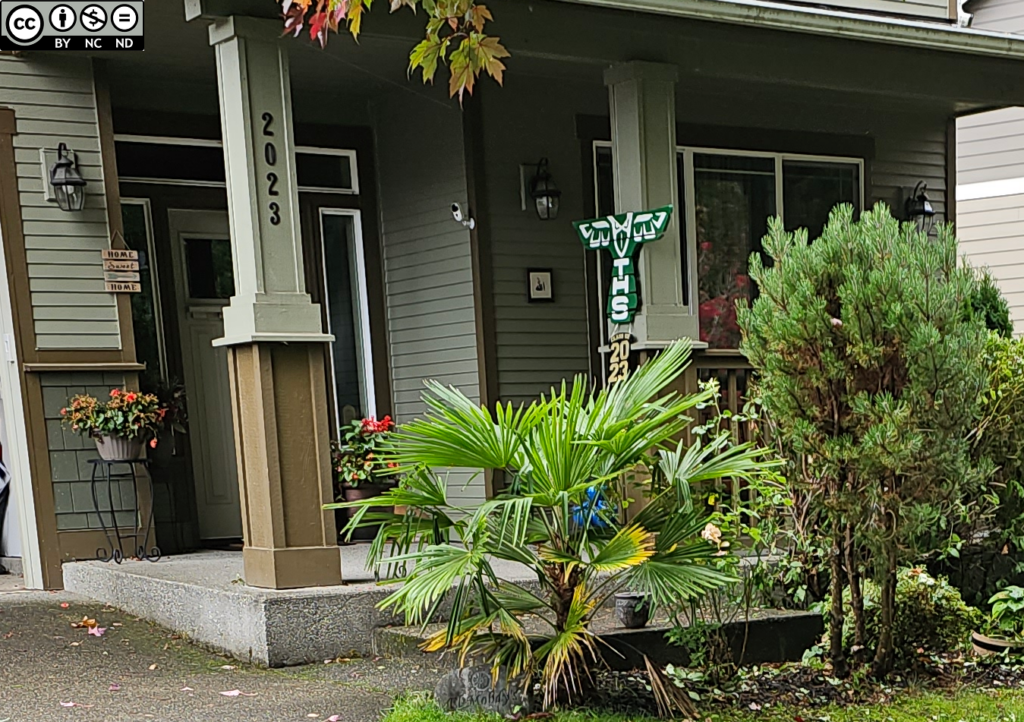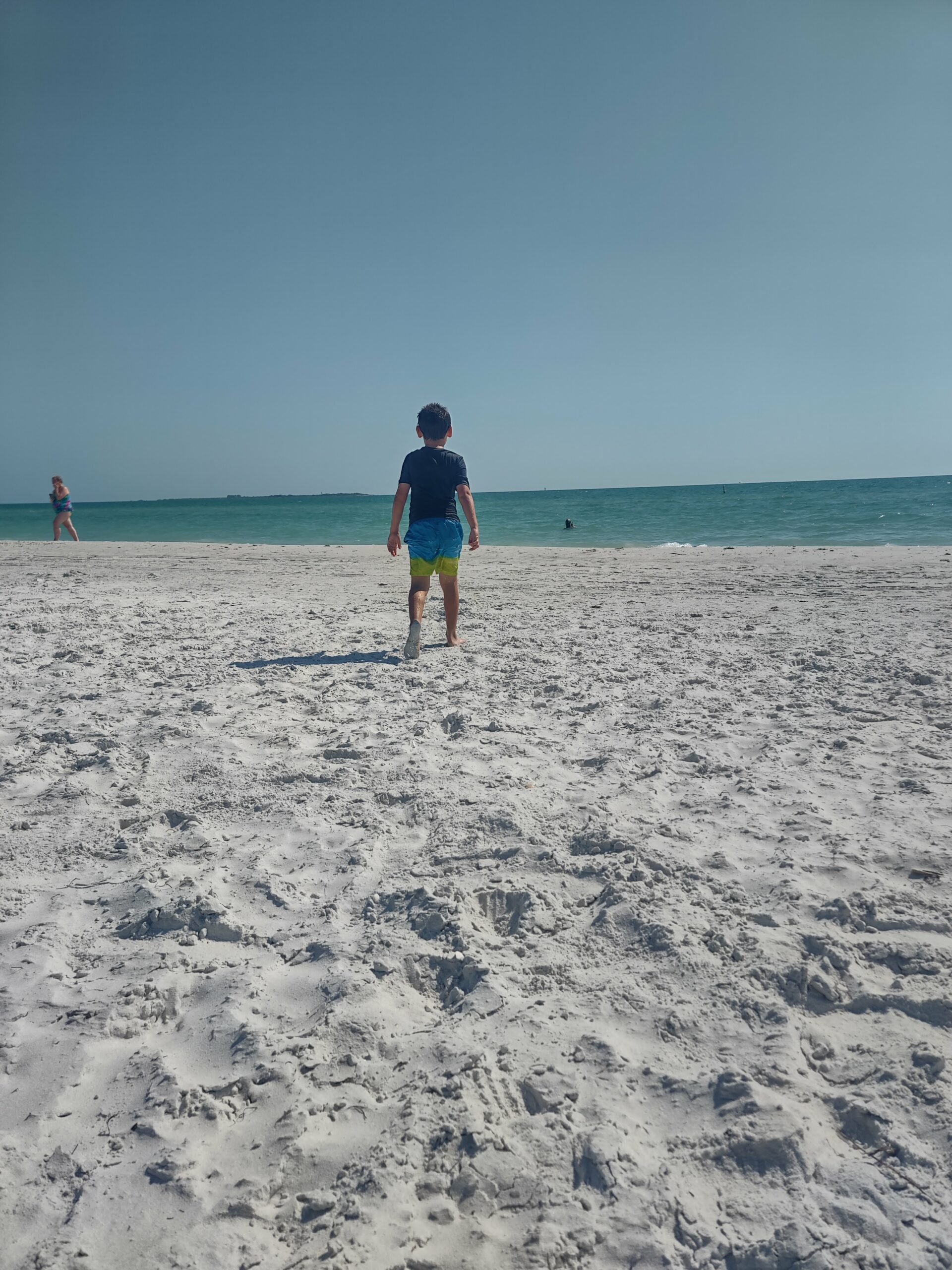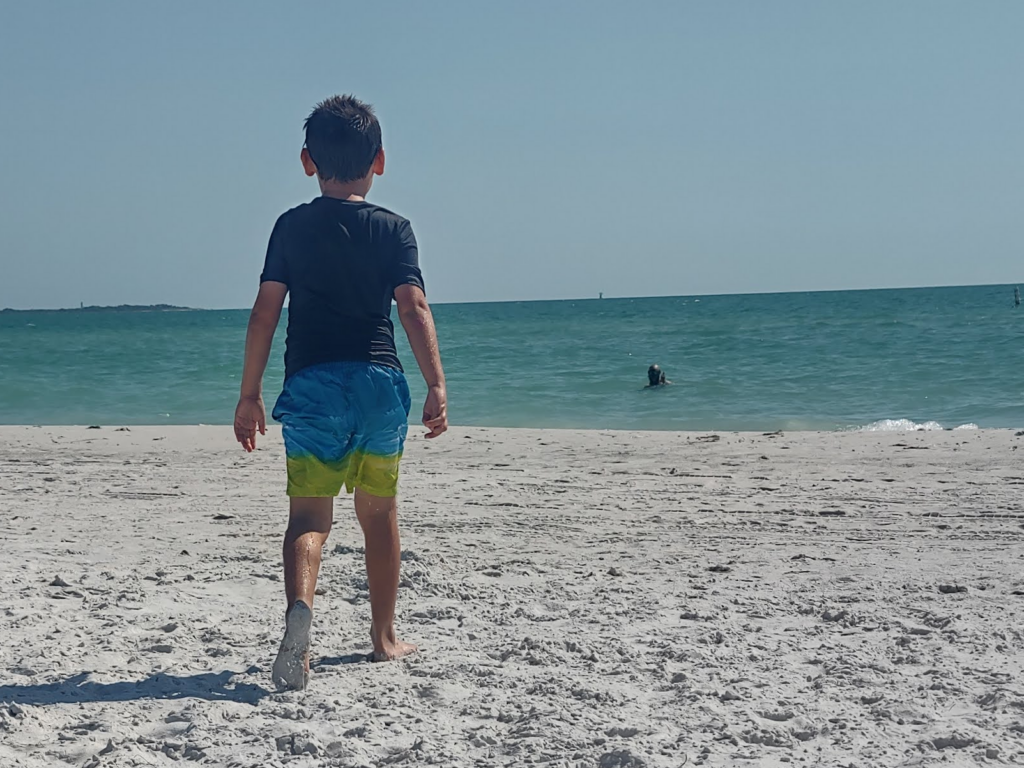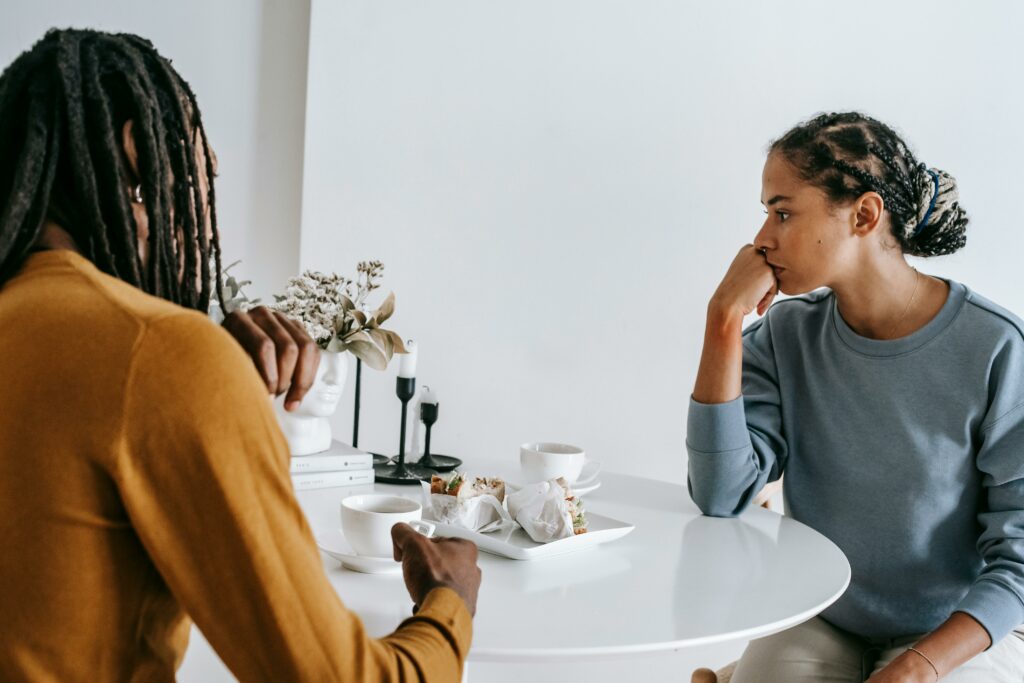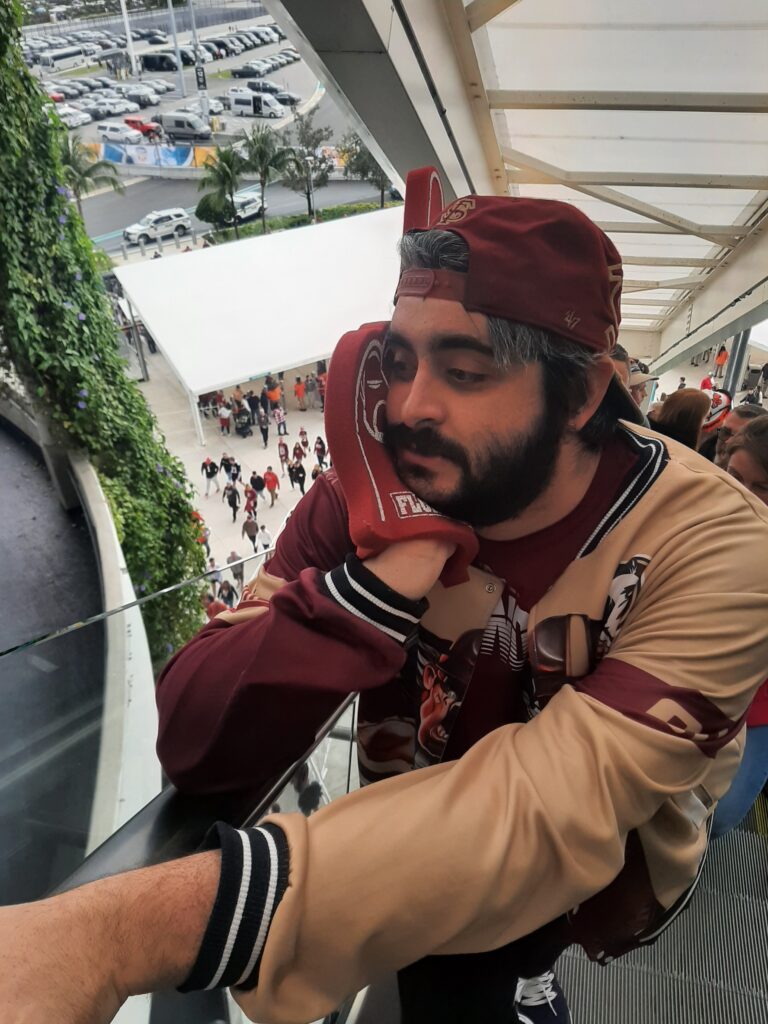
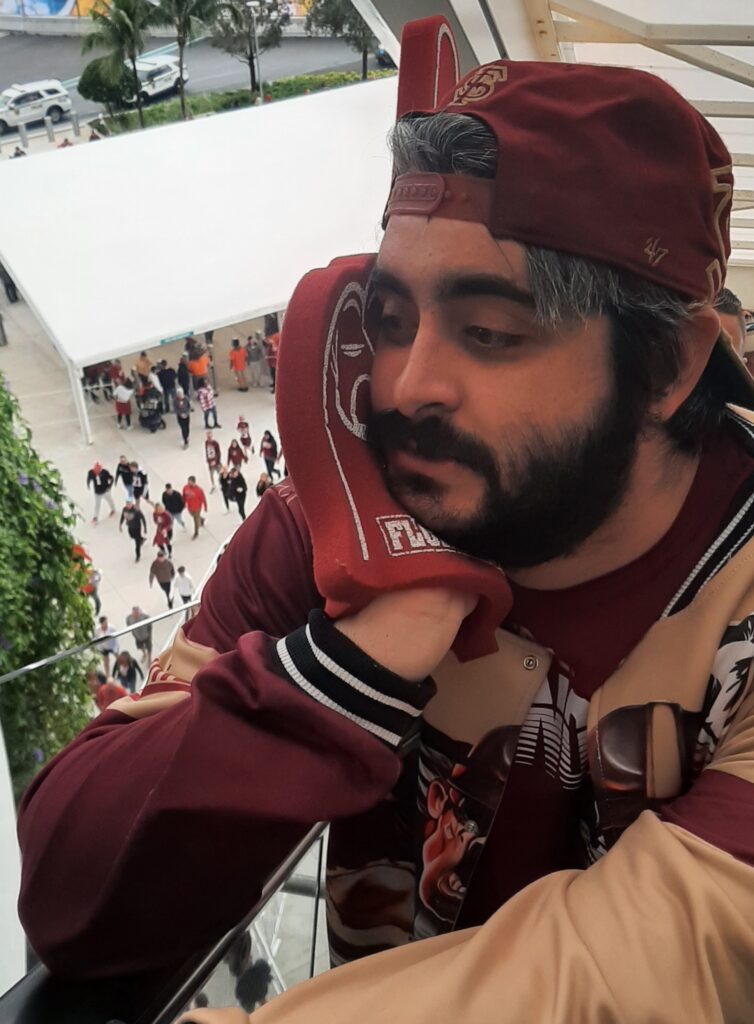
My boyfriend and I attended the Orange Bowl this past year, in which FSU was unfortunately demolished by UGA. I won’t bore you with all the silly football drama that preceded this game—let’s just say, we were fairly confident that FSU would lose, but we decided to go and support the team anyway.
Given the circumstances, my boyfriend wasn’t exactly in the highest of spirits as we made our way into the stadium. I snapped the original photo of him, which I’ve deemed “Orange Bowl Escalator Ride,” to capture the silly near-pout on his face while we rode the escalator to the third floor.
I considered several different approaches to cropping the the photo for this assignment. I knew off the bat that I wanted to emphasize his expression, so I would need to cut out some of the noise. On the one hand, I knew it would be a good idea to cut out the parking lot; on the other, I liked the interesting lines created by the overhang and his arm, as well as the greenery. I realized pretty quickly that I couldn’t get rid of one and keep the others without centering the subject or cutting the photo off too close to his face.
In the end, I opted to shift the subject to the right of the photo and crop out as much of the parking lot as I could without cutting off the top of his head; this also helped to bring the subject to eye level. I also cropped his outstretched arm, but stopped at the elbow of his other arm to avoid boxing him in too much.
I’m pretty happy with the result, which I’ve deemed “Pre-Orange Bowl Blues”; I think it emphasizes the anticipation of defeat on his face, while maintaining some context clues like his FSU hat, jacket, and foam finger. I also like that it kind of gives the illusion that he’s gazing down at the crowd of fans in their own jerseys. With this crop, I believe I was able to touch on the following concepts:
- Crops to change or emphasize a focal point
- Leaves out unnecessary details (simplifies the background)
- Un-centers a subject
- Ensures that humans are cropped at eye level
- Leaves some room to move for moving objects/people
- Crops for emotion

